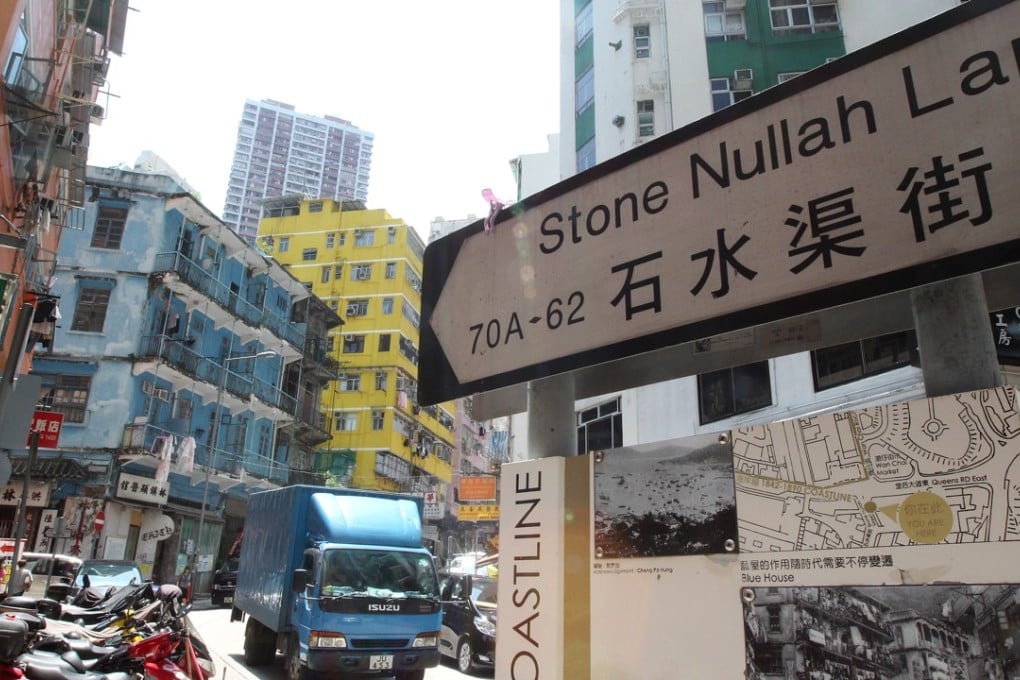Language Matters | Why Hong Kong has ‘nullahs’ not drains
The word can be found in English as far back as the mid-17th century in the writings of Britons in India

With all the rain recently, our nullahs are overflowing. The word “nullah” refers to an inlet of the sea, a river or stream, watercourse, gully or ravine, particularly in South Asia. Usually found in mountainous or hilly country, in India, nullahs are typically gravelly channels that contain a trickle of water in dry weather but can become a torrent in the rainy season.
“Nullah” was documented in English as far back as the mid-17th century in the writings of British merchants, officers and travellers in India – also occurring as nollaes (in the plural, in 1652, possibly showing Portuguese influence), and nala and nalla in the 18th and 19th centuries. The word comes from Bengali na ¯ la ¯ and similar forms in other Indic languages, such as Hindi na ¯ la ¯ (“brook, rivulet, ravine”), originating from the Sanskrit na¯la (“hollow stalk, tube”).
Spreading to England through such writings, the word was disseminated in colonies, such as Hong Kong, to refer to similar channels built in stone and concrete to divert heavy rain or floodwater runoff. In Hong Kong, following the British occupation in 1841, one of the Surveyor General’s Office projects was to construct a network of drainage systems, including nullahs, as part of the strategy for improving sanitary conditions.
Wan Chai’s Stone Nullah Lane recalls a man-made nullah that once ran along the street, carrying a stream that originated on Victoria Peak and drained into Victoria Harbour
Nullahs are found all over the territory, including Staunton Creek Nullah, in Wong Chuk Hang, Tonkin Street Nullah and Tin Shui Wai Nullah, though many have been covered by road-widening and urban-greening schemes. Wan Chai’s Stone Nullah Lane recalls a man-made nullah that once ran along the street, carrying a stream that originated on Victoria Peak and drained into Victoria Harbour, below Wan Chai Road (now marooned inland by reclamation). In the early 20th century, the stream was redirected underground following complaints about its stench.
